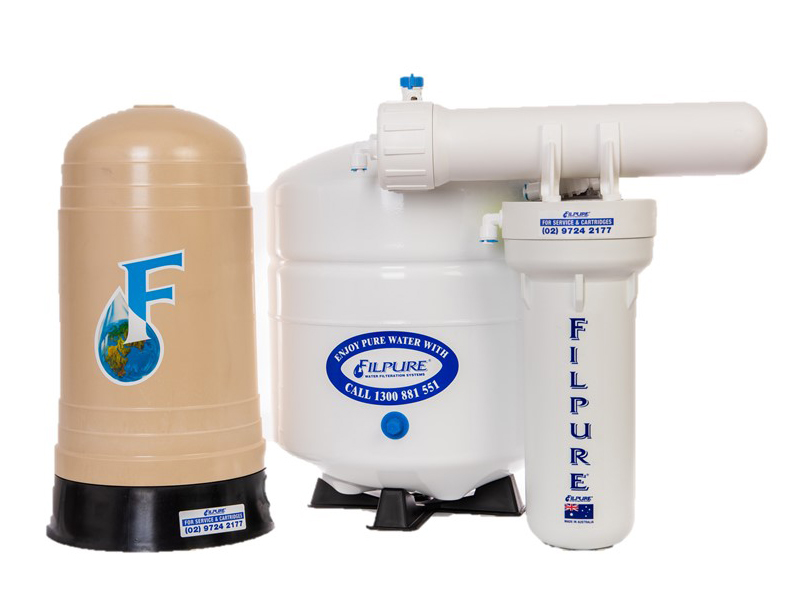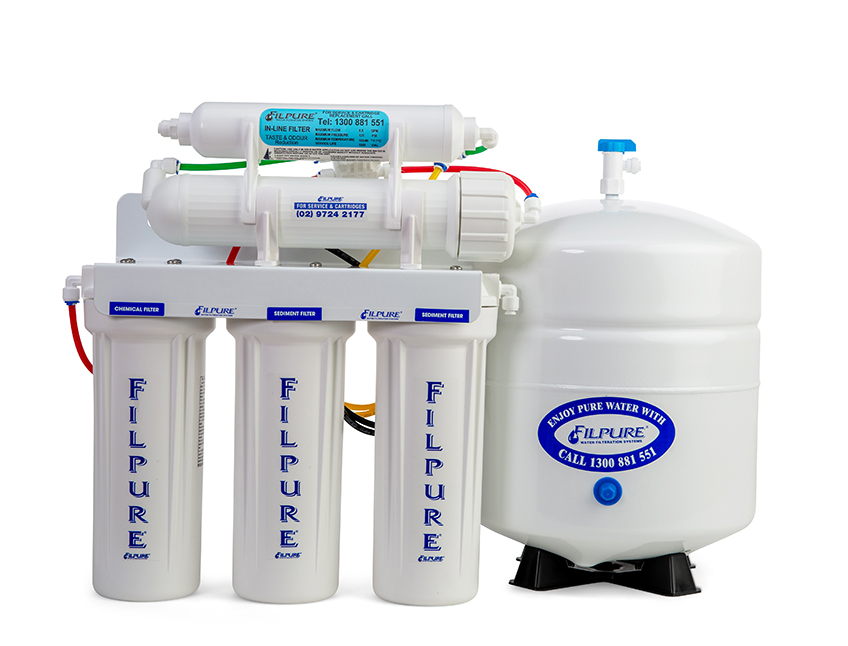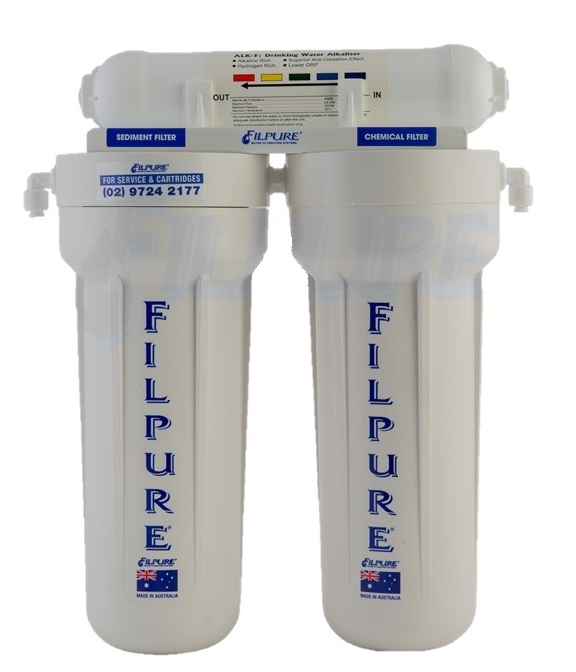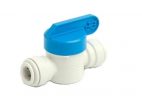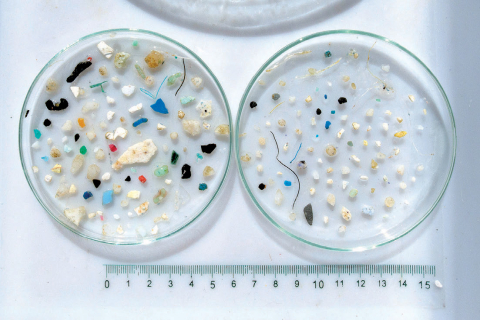
MICROPLASTICS IN DRINKING WATER: A HIDDEN HEALTH HAZARD
Introduction
Microplastics, tiny plastic fragments less than 5mm in size, are an invisible threat lurking in our environment. They’ve infiltrated the deepest ocean trenches, the highest mountain peaks, and even the air we breathe. Alarmingly, they’ve also found their way into our drinking water, both tap and bottled.
The Prevalence of Microplastics in Drinking Water
Recent studies have revealed the unsettling presence of microplastics in treated tap water and bottled water. This discovery has sparked concerns about the potential health implications of microplastic consumption.
The Health Risks of Microplastics
While research is ongoing, preliminary studies suggest that microplastics could provoke immune responses, induce stress, and cause reproductive and developmental toxicity. Microplastics have been detected in human lungs, placental tissues, breast milk, and even blood, indicating that these tiny particles can infiltrate our bodies.
The Human Body and Microplastics: An Unnatural Combination
Our bodies were not designed to process plastic. When ingested, these foreign objects can disrupt our natural functions. While larger plastic pieces can be eliminated from the body, smaller fragments like microplastics can potentially be absorbed or remain in the stomach.
Water Filtration Systems: A Potential Solution
Water filtration systems offer a potential solution to the microplastic problem. These systems can filter out microplastics, providing safer and cleaner drinking water. While the initial cost may be higher, the long-term benefits include improved water taste, reduced reliance on bottled water, and potential cost savings.
Reverse Osmosis Water Filters: A Step Further
Reverse osmosis (RO) water filters offer an even more thorough filtration process. removing contaminants, they provide clean, safe drinking water. Despite the need for regular maintenance and filter changes, RO systems can save money in the long run, reduce environmental impact, and contribute to better health.
Conclusion
Microplastics in our drinking water represent a significant and growing concern. However, solutions like water filtration systems and reverse osmosis filters offer a way to combat this issue. Investing in these systems can lead to safer water, cost savings, and a reduced environmental footprint, making them a worthwhile consideration for health-conscious consumers.
Keywords: Microplastics, Drinking Water, Health Risks, Water Filtration Systems, Reverse Osmosis Water Filters


